Forage
All Forage Content
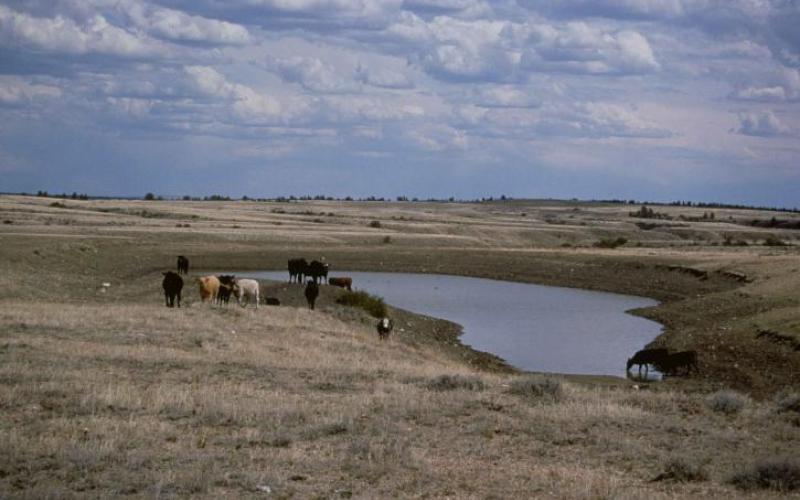
Nitrates and Livestock Water Quality
Nitrate poisoning is something we think about with forages such as millet, oats, corn, sorghum, sudan, kochia and others that have been fertilized or if there is a drought, but water can also be a contributing factor.

Winter Mineral Nutrition for Beef Cows
Winter supplementation often focuses heavily on meeting protein and energy requirements of cows and tends to leave mineral nutrition as almost an afterthought. In reality, meeting all nutrient requirements, including energy, protein, minerals, vitamins, and water are equally important.
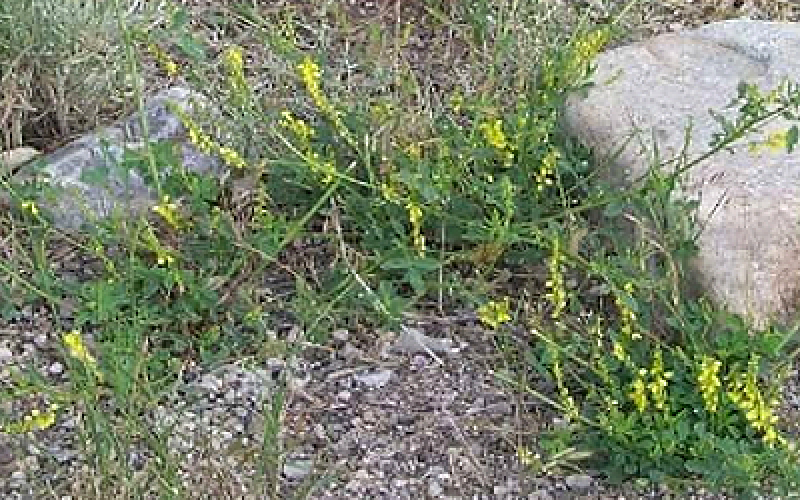
Sweet Clover Poisoning
Hay that contains sweet clover can be an excellent feed as long as the dicoumarol level is known and feeding management is used to prevent poisoning.
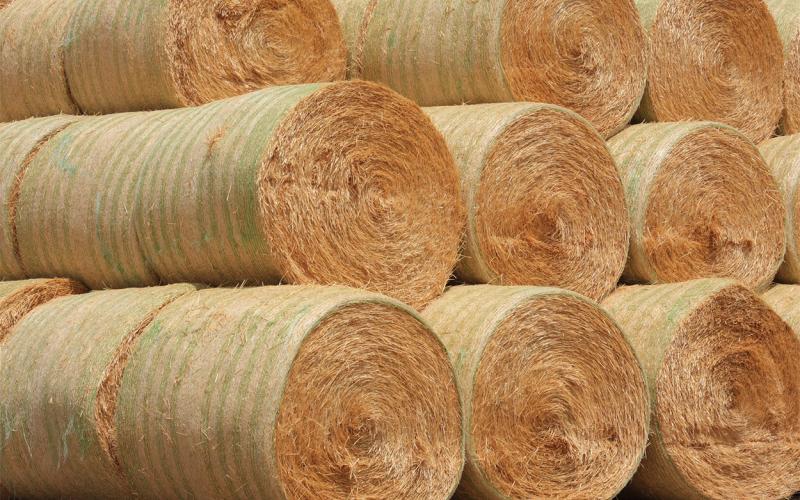
Cost-effective and Balanced Cow Rations
Before buying "cheap" feed, it is important to ensure that it will be cost-effective when creating balanced rations for the winter. Learn some things to consider before purchasing.
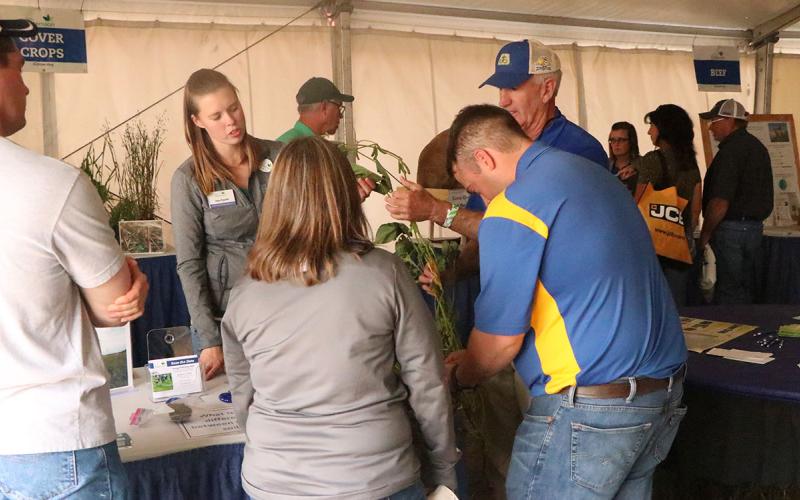
SDSU Extension to Host Informational Sessions at Dakotafest
August 05, 2022
Producers are invited to visit the SDSU Extension booth at Dakotafest August 16-18 in Mitchell, South Dakota.
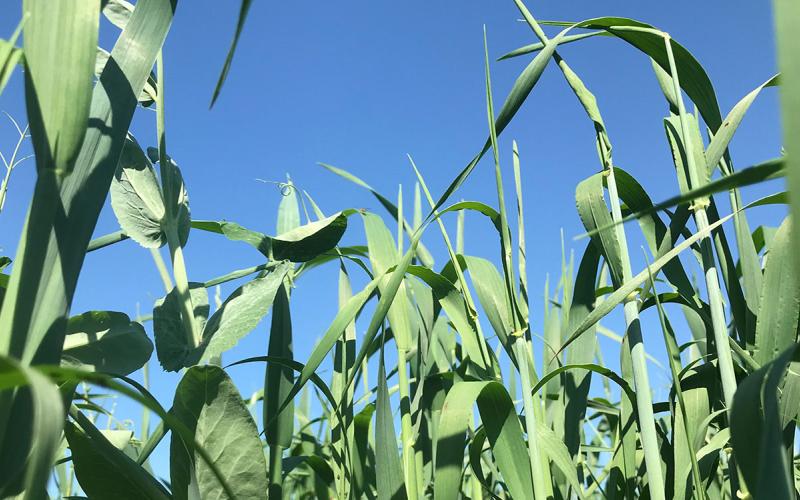
Forage Field Day to be Held Aug. 4
July 15, 2022
SDSU Extension and Nebraska Extension will host their collaborative 2022 Forage Field Day at the University of Nebraska Haskell Ag Lab on Thursday, Aug. 4, from 10:00 a.m. to 4:30 p.m. CDT.
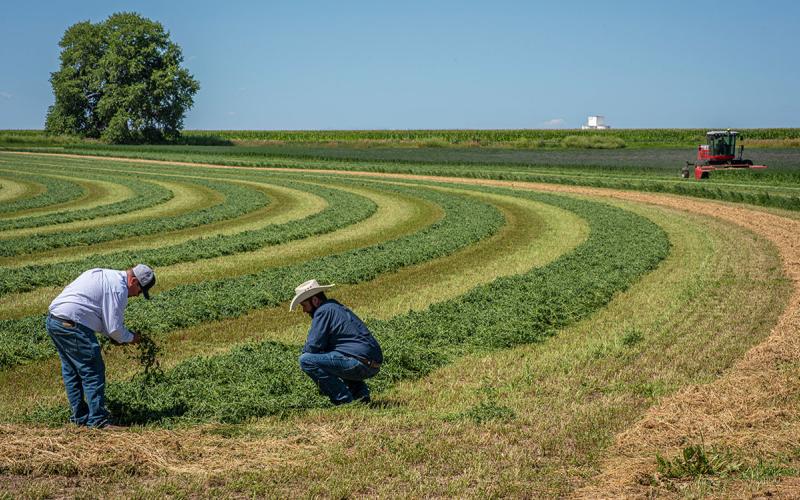
Alfalfa Harvest Timing and Objectives
Guessing when to make that first cutting can be difficult, as using plant maturity or calendar dates alone can be quite risky. Get the most out of your first cutting with some expert tips that consider the timing and objectives of alfalfa harvest.
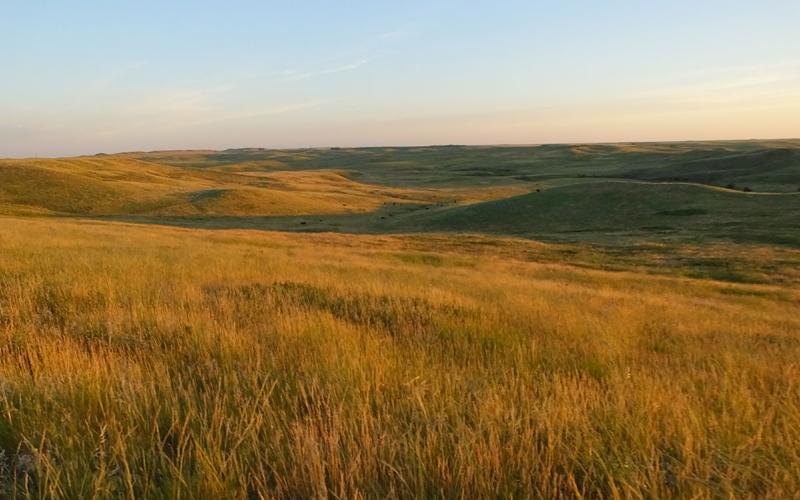
Factors That Influence Plant Development and Growth
Year-to-year variability in climate can result in large swings in annual forage production for livestock producers. Learn some key considerations to observing and mitigating the effects of this variability.
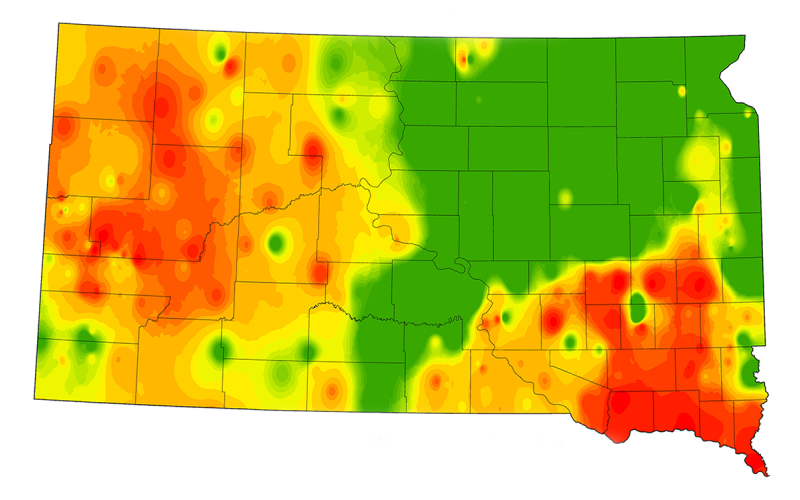
Herd Inventory Centers on Feed Available
With drought conditions continuing across the state, livestock producers will be making hard decisions on livestock inventory numbers as pasture and feed availability become an even more significant factor.
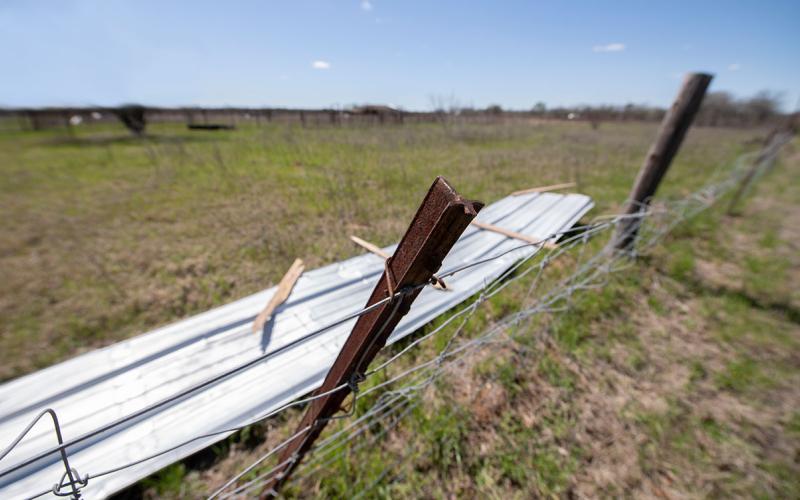
Dealing With Storm Debris in Pastures and Hay Fields
Storm debris in pastures and forage-producing fields can pose a significant health risks to livestock. Learns some expert tips for mitigating risks and protecting your animals.